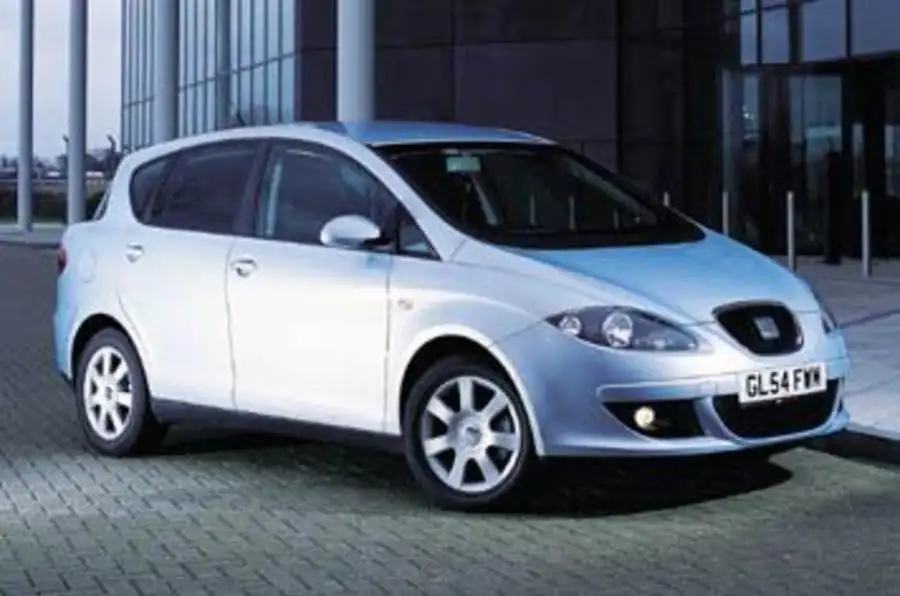VW’s brand engineers have a hell of a job. Carefully plotting the development and core values of four brands (VW, Audi, Skoda and Seat) and making each of them viable, individual and self-sufficient is a monumental task that would have many car makers floundering. But they’ve done a magnificent job of diversifying the VW portfolio and providing each brand with a decidedly different raison d’être.
However, one interface remains fuzzy – the gulf between Seat and Skoda isn’t as wide as VW would like. Seat should be more desirable, with superior materials quality and refinement. But a question remains, if ‘auto emoción’ is still its tagline, why have Skodas felt stronger of spirit lately than Seats? Seat is left to trade on promises of a sporting drive and a more inspired product.
It’s a question I asked myself while staring at the odd-looking boot of the new Toledo. It looks weird – part Renault Vel Satis, part Wolseley Hornet (which was basically a Mini with a protruding boot). And ‘weird’ isn’t a great adjective for a car company that desperately lacks a clear image in the UK. What Seat needs is sleek, raw cars that can back its claim to be a sporty brand. There’s nothing sleek and raw in the look of that boot.
Forget everything from the C-pillars back and concentrate on the bodywork in front of the curved rear glass (which is also weird), because from the rear wheel arches forward, the Toledo looks just like an Altea. If you’re being tailed by a Toledo, you’ll find it impossible to distinguish the two. In fact all of the bodywork ahead of the C-pillars is identical to the Altea’s, which means the same swept-back headlights, oversized grille and ‘dynamic line’, which runs the length of the body and integrates well with the bulge of the rear wheelarch.
In the cabin
So the new Toledo is an Altea with some extra boot space. This doesn’t make it the most innovative idea in the world, seeing as the Altea’s 409-litre rear isn’t exactly titchy in the first place. But the Toledo’s frumpy rump has an extra 91 litres of load space, equalling a Mondeo hatch’s 500 litres.
Climb aboard and an elevated seating position and swept-back centre console seem familiar. A second glance at the red-lit instrument cluster and the check pattern etched into the hard plastic dashtop crystallise your suspicions into fact – this interior is all Altea.
From the cheap feeling of the door pulls to the arcing line in the dash that runs from beneath the fascia and terminates on the right side of the instrument pod, this cabin is exactly the same as its MPV sibling’s. Other than the lack of individuality, however, this isn’t all bad. It’s nicely styled, extremely airy and feels well put together, if not quite up to Audi standards for plastics.
Along with its interior, the Toledo inherits the Altea’s terrible front visibility. The rakish windscreen and chunky A-pillars mean you’ll leave nostril imprints on the windscreen as you peer over the prow when parking. And accurately placing the Toledo is near impossible unless the seat is cranked right up high, so you can see the asphalt below.
The wide range of adjustment for the driver’s seat and wheel are to be appreciated, but the high dash means that if your favourite position is low down you’ll struggle to get a clear picture of the road ahead. At least rear-seat passengers will be delighted with the generous amounts of knee and headroom.




















Add your comment